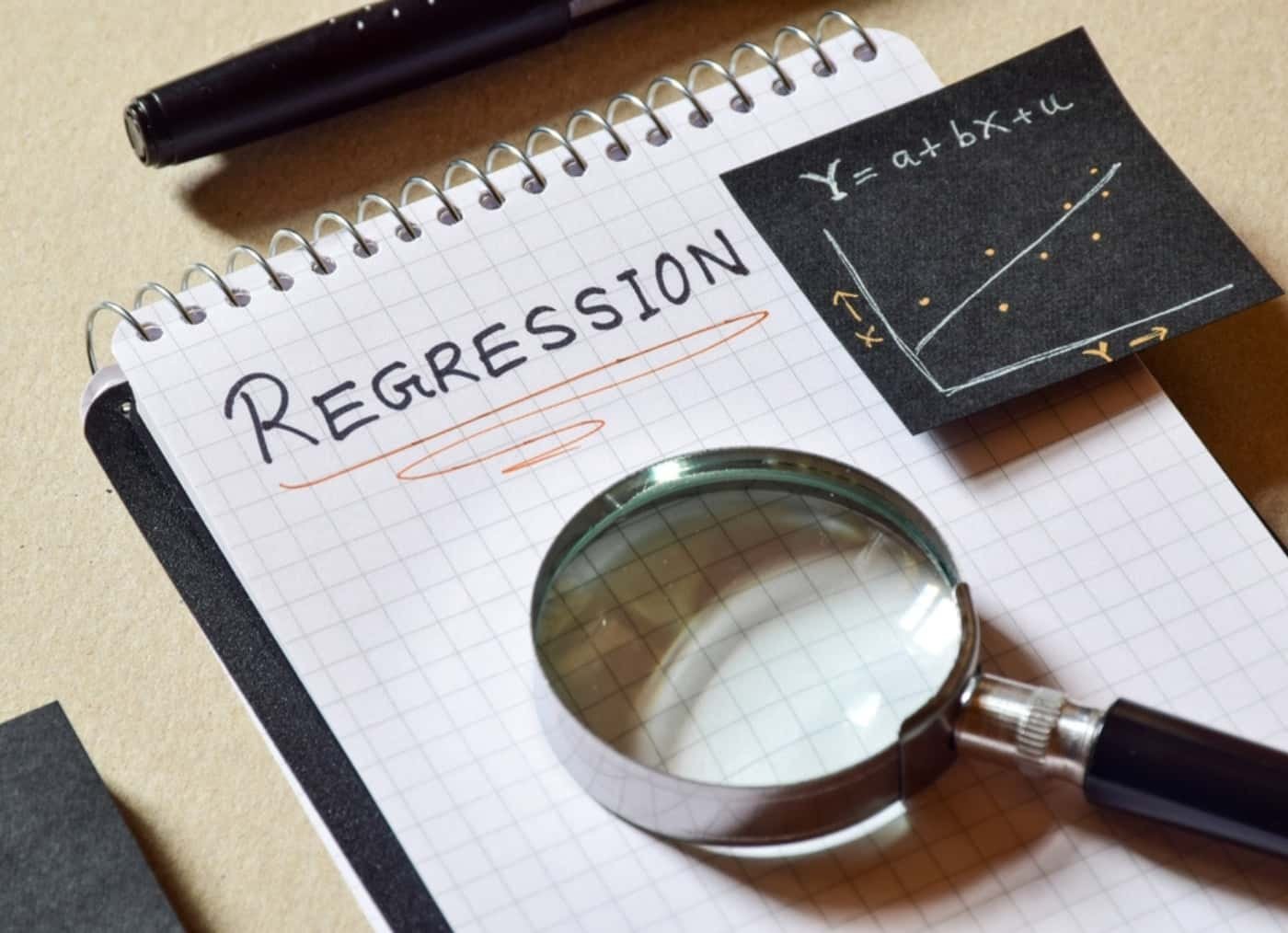Summary: Data processing in Machine Learning transforms raw data into actionable insights crucial for business decisions. Data preprocessing ensures data quality, consistency, and efficient model training. The future holds promise with scalable architectures and AI-driven automation advancing data processing capabilities.
Introduction
Data processing in Machine Learning revolutionises data into actionable insights across various fields, such as business, finance, and healthcare. This blog explores the importance of data processing, essential techniques, and its pivotal role in enhancing Machine Learning models. Understanding the types of data processing reveals its diverse applications.
We will delve into essential steps highlighting crucial data preprocessing techniques. Looking ahead, the future of data processing promises advancements. By examining examples and emphasising their significance, this blog aims to equip readers with the knowledge to leverage data processing effectively.
What Is Data Processing?
Data Processing is the process of transforming and manipulating raw data into meaningful insights for practical business purposes. It requires different techniques and activities, including organising, analysing, and extracting valuable information. Depending on the complexity of the data and the required outcomes, data processing can be manual or automated.
Data processing is important in various fields, such as business, finance, healthcare, scientific research, etc. Consequently, it enables organisations to make important decisions, discover trending patterns, solve business problems, and improve efficiency by leveraging the power of data.
Examples of Data Processing
- Financial: Banks and financial institutions process large volumes of transactional data daily. They perform tasks such as validating transactions, calculating balances, and detecting fraud patterns. It also generates financial statements and conducts risk assessments.
- E-commerce: Customer data, including history, preferences and demographics by online retailers, involves data processing techniques. These e-commerce businesses also use data processing to personalise customer recommendations, optimise pricing strategies, track inventory and manage order fulfilment.
- Healthcare: Within the healthcare industry, healthcare providers process patient records, lab results, medical images, and other related data. They specifically use data processing techniques to help diagnose diseases, monitor patient health, conduct medical research, and improve treatment outcomes.
- Social Media: Social media is popular and crucial in the digitised world. It processes vast amounts of user-generated content, including posts, comments, and interactions. These platforms employ data processing methods that analyse user behaviour, personalise content feeds, detect spam, and target advertisements.
- Manufacturing: The manufacturing industry involves companies that use data processing techniques to monitor and control different operations. Production processes involving quality control, supply chain management, inventory tracking, and equipment maintenance require data processing. By leveraging Data Analysis techniques, manufacturing companies optimise processes, improve efficiency, and reduce costs.
Why is Data Preprocessing Important In Machine Learning?
With the help of data pre-processing in Machine Learning, businesses can improve operational efficiency. Following are the reasons that can state that Data pre-processing is essential in Machine Learning:
- Data Quality: Data pre-processing helps improve data quality by handling missing values, noisy data, and outliers. By addressing these issues, the dataset released as the outcome becomes more reliable and accurate. This helps enable better performance of the Machine Learning model.
- Data Consistency: Data is sourced in the real world from multiple sources, resulting in various inconsistencies in formats, units or scales. With the help of data pre-processing techniques, it is possible to ensure that data remains in a standardised and consistent format. It allows and helps in fair comparisons between features and reduces the biases in Machine Learning models.
- Feature Engineering: The data pre-processing technique allows feature engineering, which involves creating or transforming new features. It helps improve model performance. By selecting and constructing relevant features, Machine Learning models can help capture more meaningful patterns and relationships in the data.
- Dimensionality Reduction: High-dimensionality data can be pretty challenging for Machine Learning models. Data preprocessing techniques like dimensionality reduction help reduce the number of features used to train the most important information. Consequently, they help alleviate the challenge of dimensionality and improve the model’s efficiency.
Types of Data Processing
Data pre-processing includes different types, each serving different purposes and therefore catering to the specific needs of Machine Learning. Some of the common types of Data Processing are:
Batch Processing
This type of data processing involves processing large volumes of data in batches. We process data collected over a long period of time together as a batch.
Batch processing is typically useful for non-real-time or offline cases where the need for instant results is not important. The technique often employs tasks such as data cleaning, aggregation, reporting, and generating reports in batches.
Real-Time Processing
This type of immediate data processing focuses on data that arrives immediately and involves handling and analysing data in real-time. It enables organizations to receive instant results and is common in applications requiring prompt decision-making.
Accordingly, these decisions are made on incoming data such as fraud detection, stock market analysis or real-time monitoring systems.
Online Processing
This type of data processing involves managing transactional data in real time and focuses on handling individual transactions. It includes transactions like recording sales, processing customer orders, or updating inventory levels. The systems are designed to ensure data integrity, concurrency, and quick response times to enable interactive user transactions.
In online analytical processing, operations typically consist of significant fractions of large databases. Therefore, today’s online analytical systems provide interactive performance and the secret to their success is precomputation.
Time-Sharing Processing
In this type of processing, the CPU of a large-scale digital computer helps interact with multiple users with the help of different programs simultaneously. With this type of processing, solving several discrete problems during the input/output process is possible because the CPU is faster than most peripheral equipment.
This helps the CPU to address each problem sequence-wise. However, remote terminals think that access to and retrieval from a time-sharing system enables instant outcomes. This is because the solutions are immediately available when the problem is entirely centred.
Distributed Processing
Distributed processing makes it possible to analyse data across multiple interconnected systems or nodes. This type of data processing enables the division of data and processing tasks among numerous machines or clusters.
Therefore, distributed processing helps improve scalability and fault tolerance. It is commonly used for Big Data Analytics, databases, and distributed computing frameworks like Hadoop and Spark.
Multi-Processing
Multi-processing is the type of data processing in which two or more processors tend to work on the same dataset simultaneously. In this process, multiple processors are housed within the same system.
Consequently, data is broken down into frames, and each frame is processed by two or more CPUs working in parallel in a single computer system.
Steps in the Data Processing Cycle
The data processing cycle consists of various stages where raw data is fed to the system to produce actionable insights. Each step is taken in a specific order and is repeated cyclically. Following are the steps of the Data processing cycle in Machine Learning:
Collection of Raw Data
The first stage in the data processing cycle involves collecting raw data from various sources such as monetary figures, website cookies, or company financial statements.
This initial step is crucial as the quality and accuracy of the raw data directly impact the insights produced. Therefore, gathering data from reliable sources is essential to ensure validity and usability.
Preparation and Cleaning
The raw data undergoes preparation or cleaning in the second stage to enhance its quality. This process includes sorting, filtering, and removing unnecessary or inaccurate data.
Errors, duplications, and missing data are meticulously checked and corrected to ensure that the data entering the processing stage is of the highest quality. By preparing the data effectively, the subsequent analysis and processing stages can yield more accurate and reliable results.
Data Input
The third stage requires converting the cleaned data into a format suitable for Machine Learning models. This may involve data entry through keyboards, scanners, or other input devices. Ensuring that the data is readable for the processing unit is essential for seamless analysis and interpretation in subsequent stages.
Data Processing with Machine Learning Algorithms
In the data processing stage, the cleaned and formatted data is subjected to various Machine Learning and artificial intelligence algorithms. These algorithms are designed to extract meaningful patterns, relationships, and insights from the data.
The specific methods used in this stage vary depending on the nature and source of the data being processed. Machine learning techniques help transform raw data into actionable insights that drive decision-making processes.
Generation of Output
Following data processing, the fifth stage generates output in a readable format for end-users. This output may include graphs, tables, documents, or multimedia files that convey the insights derived from the processed data.
Understandably, displaying the information facilitates decision-making and further analysis. The generated output is also stored for future reference. It can serve as input for subsequent data processing cycles.
Storage and Retrieval
The final stage of the data processing cycle involves storing the processed data and its metadata. Storing data ensures quick access and retrieval whenever needed, facilitating ongoing analysis and decision-making processes. The stored data also serves as valuable input for future data processing cycles, providing continuity and efficiency in data management.
By using an active voice throughout, the description of each stage becomes more transparent and more engaging, emphasising the proactive nature of each data processing action.
Future of Data Processing in Machine Learning
In Machine Learning, the future of data processing is marked by rapid advancements that promise to revolutionise how algorithms learn and adapt. With advancements in edge computing, quantum technologies, and AI automation, the landscape is evolving towards faster, more adaptive systems capable of transforming industries and enhancing everyday experiences.
Scalable Data Processing Architectures
Modern Machine Learning demands scalable data processing architectures that efficiently handle vast amounts of data. Technologies like Apache Spark and distributed computing frameworks are pivotal, enabling parallel processing and real-time analytics. These architectures enhance speed and ensure reliability in handling diverse datasets.
Integration of Edge Computing
Edge computing is poised to reshape data processing by bringing computation closer to data sources. This approach minimises latency and bandwidth usage, crucial for real-time applications like autonomous vehicles and IoT devices.
Edge AI frameworks like TensorFlow Lite and ONNX Runtime are optimising models for edge deployment, ensuring robust performance even with limited resources.
Quantum Computing’s Potential
It presents unprecedented opportunities for Machine Learning in data processing. Quantum algorithms can exponentially speed up tasks like optimisation and pattern recognition, unlocking new frontiers in complex Data Analysis. Companies like IBM and Google are pioneering quantum Machine Learning frameworks, promising breakthroughs in handling large-scale, unstructured datasets.
Enhanced Data Privacy and Security
As data volumes grow, ensuring robust privacy and security measures becomes paramount. Federated learning techniques, where models are trained locally on user devices without data leaving the device, are gaining traction. This approach preserves data privacy while enabling collective learning and safeguarding sensitive information in healthcare, finance, and other sectors.
AI-Driven Data Processing Automation
Automation through AI is streamlining data processing workflows, from data cleaning and feature engineering to model deployment. AutoML tools democratise Machine Learning by empowering non-experts to leverage sophisticated algorithms effectively. This democratisation fosters innovation across industries, accelerating the adoption of AI-driven insights and applications.
Frequently Asked Questions
What is data processing in Machine Learning?
Data processing in Machine Learning involves converting raw data into a structured format suitable for analysis. It encompasses cleaning, transforming, and integrating data to improve its quality and usability. It is essential for training accurate Machine Learning models and making informed business decisions across diverse sectors.
Why is data preprocessing important in Machine Learning?
Data preprocessing is crucial as it enhances data quality by addressing issues like missing values, outliers, and inconsistencies. By preparing clean and standardised data, Machine Learning models can learn patterns and relationships effectively, ensuring reliable predictions and actionable insights for decision-making processes.
What are the types of data processing techniques used in Machine Learning?
Types include batch processing, which handles large volumes of data in scheduled intervals; real-time processing, for immediate Data Analysis and decision-making; and online processing, managing individual transactions swiftly. These techniques cater to varying needs, ensuring efficient data handling and enabling timely insights for critical business operations.
Conclusion
The blog concludes that data processing in Machine Learning is critical in various domains, including business, finance, healthcare, etc. Playing a significant role in the Machine Learning process, data processing ensures reliability and consistency for training ML Models.
If you want to learn different data processing techniques and make informed business decisions, join Pickl.AI. The Data Science courses provided by Pickl.AI will allow you to learn these techniques and become an expert in the industry.






